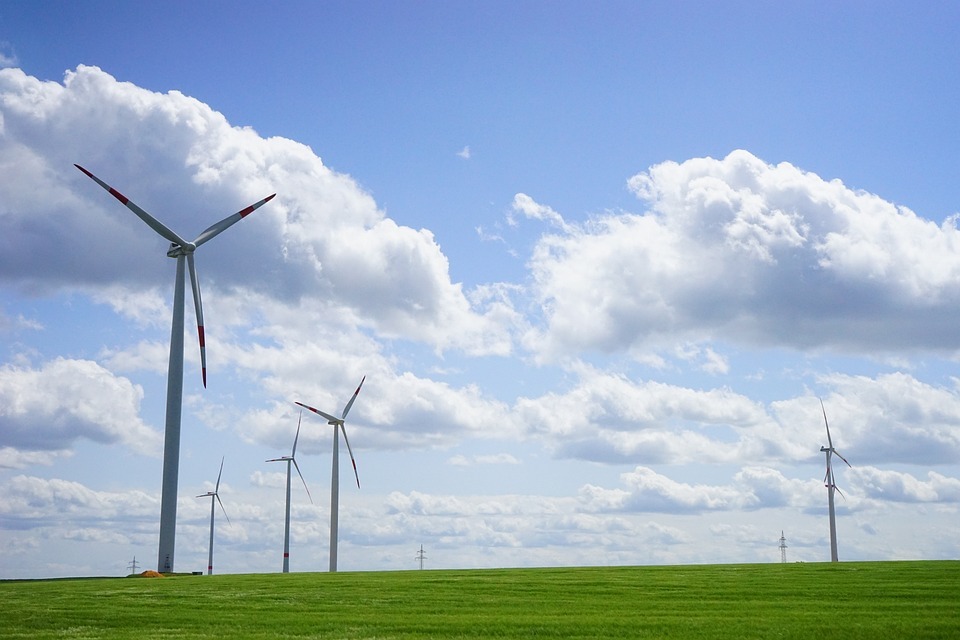In India, using renewable energy is primarily done to advance economic growth, increase energy security, increase access to electricity, and slow down climate change. By using sustainable energy and guaranteeing that all residents have access to cost-effective, dependable, sustainable, and contemporary energy, sustainable development is made feasible.
Today’s rising atmospheric temperatures are a result of the last 30 years of steadily increasing carbon dioxide emissions. And as a result of the quick industrialization and the use of fossil fuels for energy generation, the environment is becoming more and more contaminated.
Due to this, there is an increasing need for sustainable electricity on a worldwide scale, guaranteeing that people have access to cheap and clean energy to halt climate change. This essay focuses on the various obstacles standing in the way of attaining a greener future and how sustainable energy might help.
What is Sustainable Electricity?
Electricity produced from renewable resources that helps fulfil the demands of the present without compromising the needs of future generations is referred to as sustainable electricity. Sustainable energy encompasses energy produced from the sun, wind, and water as well as geothermal energy and bioenergy because it is unbounded, pure, and constantly renewed by nature.
Sustainable electricity has no negative environmental effects and produces no greenhouse emissions or other pollutants. Over the past ten years, there has been a significant decline in the price of sustainable energy, making it more accessible than ever.
Types of Sustainable Electricity
Today, the emphasis is on ensuring a sufficient long-term energy supply while taking the environmental effects of various energy sources into account. These renewable energy sources’ availability and accessibility are their most notable advantages. Here are a few of the often-employed energy sources to create environmentally friendly electricity:
Wind Electricity
One of the most rapidly expanding sustainable energy technologies is wind energy. Utilizing the kinetic energy generated by turning turbines, it generates sustainable electricity. With hundreds of wind turbines built worldwide, the use of wind energy to generate power has substantially expanded in recent years. These turbines allow for efficient operation.
Hydroelectricity
The power of flowing rivers is used to generate hydroelectric electricity. Over 17% of the world’s electricity comes from sustainable sources like hydropower, and one of these systems’ biggest benefits is its capacity to meet peak daily and seasonal needs. About 12% of the world’s capacity is made up of small hydropower facilities with a capacity of less than 10 MWe; the majority of these are run-of-river plants.
Solar Electricity
Photovoltaic cells and sunlight are combined to create electricity using solar energy. Using semiconductors, this technology transforms solar energy into electrical energy. Thus, when sunlight strikes a semiconductor in a PV cell, electrons are liberated, and busbars gather the flowing electrons to produce electric current.
Geothermal Electricity
Due to the highly heated materials that make up the Earth’s core, temperature climbs by 2.5 to 3.5 degrees Celsius for every 100 meters of depth. When using geothermal energy, heated steam from deep beneath is extracted and transported to the surface to provide energy or environmentally friendly electricity. The Global Geothermal Alliance has set a target of 500% global geothermal capacity growth for sustainable power generation and 200% global geothermal heating capacity growth by 2030.
Uses of Sustainable Electricity
There is still a ton of work to be done to create the next wave of environmentally friendly electrical solutions, including the foundations for reducing greenhouse gas emissions.
- To use and store carbon dioxide without harming the environment, devise and build large-scale carbon capture systems.
- To create sustainable electricity for daily use, develop renewable or low-carbon energy sources.
- Use emission-free hydrogen fuel cells to power utilities and transportation.
- Utilize more bioenergy derived from plants and algae to provide more sustainable electricity.
Support Sustainable Electricity
On a worldwide scale, people are persistently pursuing greater sustainability and inclusivity. They are moving quickly toward accelerating sustainable progress in all sectors of society. Their goal is to close the gap between sustainability and universal advancement in order to enable everyone to utilize our energy and resources to the fullest.

